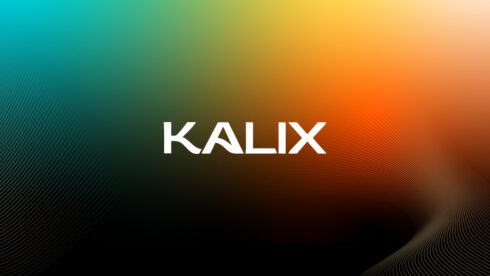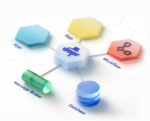
Lightbend, a company specializing in cloud-native microservices frameworks, has introduced a new Developer Experience (DX) for their Platform-as-a-Service (PaaS) offering called Kalix.
Kalix provides a unique programming model that aims to swiftly build scalable, mission-critical, stateful applications using a serverless architecture while focusing solely on the application’s business logic. The platform works with Kubernetes-based cloud infrastructure to simplify the complexity of building cloud-native apps.
“The biggest headaches in building Kubernetes apps often come from complex setup and infrastructure configuration. Developers waste time stitching together all the moving parts – Kubernetes clusters, ingress, storage, databases, messaging, service mesh, registries, and more,” High McKee, VP and developer advocate at Lightbend told ITOps Times. “The new Kalix DX eliminates these pains by enabling developers to evaluate the full framework and SDK locally on their laptops. There is no need to create cloud accounts, provision resources, or configure infrastructure. Developers can dive right into building business logic with the Kalix SDK. The same code runs locally as in the cloud. This means you can focus on iterating on features without distractions from Kubernetes YAML, Helm charts, or infrastructure boilerplate.”
According to Lightbend, the offering now has an all-platform proxy image structure delivering a 6x improvement in testing time and also now supports emulators to test Integrations like Brokers (Kafka) and Kalix service-to-service (S2S) eventing. This means developers can test external brokers and S2S eventing without a lot of effort.
With the recent announcement, Lightbend has upgraded the Kalix experience by adding new capabilities throughout the developer’s journey. These enhancements cover development, testing, deployment, and insights into the health and performance of applications and services running on Kalix. The goal is to improve the overall development process and make it easier for developers to build and manage serverless applications efficiently, according to the company.
In addition, the new Container Registry feature enables Kalix to automatically set up the container registry for the user.
The process of deploying code to Kalix has been simplified for users, requiring just one command. The Kalix Container registry is part of the Kalix ecosystem, offering a fully managed environment. This ensures a more stable, reliable, and easier-to-manage container registry compared to customer-managed Container Registries.
“Rather than taking a fully configurable, ‘bring your own’ approach, Kalix has made specific choices around technologies and architectures to optimize for developer productivity and application reliability. You can avoid many complex configuration and integration tasks by going with the flow and leveraging Kalix’s integrated services for messaging, state management, and more. The goal is to remove undifferentiated heavy lifting so developers can focus their energy on application innovation,” McKee added. “This opinionated approach may initially feel unfamiliar to some developers, especially around reactive and asynchronous programming models. But by trusting the patterns codified in the Kalix SDK, developers can build cloud-ready applications immediately. Over time, through hands-on experience and reviewing Kalix documentation and samples, developers will learn how to design and develop applications that maximize scalability and resilience on the platform.”








